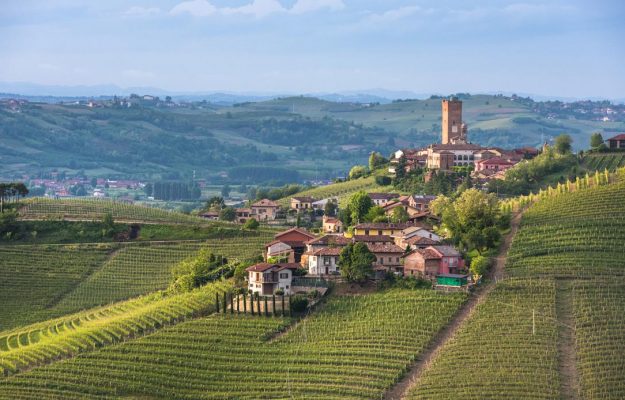Where is the secondary market of fine wines heading in this newly begun 2019, and what trends will characterize it? Amphora, one of the top investment funds dedicated to English wines, has illustrated what will be in store: the bubbles of Burgundy, the return of Bordeaux and the highly anticipated boom of Barolo. However, let’s start from the beginning, from the very concept of “bubbles” and that is the ones that Bordeaux invested a decade ago, and were at the center of Chinese appetites as they approached the market of big labels for the first time, which then brought about two consequences. On one hand, they inflated the prices of the five Premiers Crus (Lafite, Latour, Margaux, Haut-Brion and Mouton), which then paid the consequences after the collapse of the Chinese market in 2011. On the other, they opened the road to a market where hundreds of wines are now available. Today, the biggest fears are for Burgundy, especially because the polarization of prices for certain vintages of Romanée-Conti that go well over 10.000 euros per bottle, is much more substantial than what Bordeaux experienced at the time. The difference is in the numbers, since the production of high quality Burgundy is very limited, and thus insufficient to meet the demands of the market. It is advisable, then, to focus on the lesser-known brands, such as Clos de la Roche or Clos de Lambrays, which have prices between 120 and 300 euros per bottle, and thereby guaranteeing important margins in the future. Another important aspect is the popularity of fine wines as an investment, which is steadily performing better than the stock market. This fact has led to a greater expansion of fine wines, so much so that in the last year of growth, considering Bordeaux wines, which are still the most traded, more than the prices of the ten most recent vintages of the five Premiers Crus, listed by Liv-ex 50 (21% less), were those listed on the broader Liv-ex 500 (+ 7%), which includes the 50 top wines of Bordeaux, including the second tier. Essentially, this is the moment of maximum market expansion, and we are at the highest average price peak since 2011, but this is a balance that could last only up to a certain point, as the prices of the most prestigious bottles are too low, and since consumers and collectors will compete to get them, prices will inevitably grow again. The expectation, and this would be great news for Italian wines, is the boom of Barolo: 2019 will be its year. As Amphora points out, compared to France, Italy still has a relative, albeit increasing, weight on the secondary market of fine wines, even though it really has little to envy in terms of quality. The share of Italian wines, however, is historically represented by the Super Tuscans. These wines have been able to build, in terms of marketing as well, a true quality brand, beyond the concept of Denomination of Origin, which in itself is insufficient to guarantee high standards. Barolo boasts wines of absolute value, such as Giacomo Conterno and Bruno Giacosa, whose prices are still too low, comparable to the Deuxième Crus of Bordeaux, which makes the great Langa red a real investment opportunity.
Copyright © 2000/2025
Contatti: info@winenews.it
Seguici anche su Twitter: @WineNewsIt
Seguici anche su Facebook: @winenewsit
Questo articolo è tratto dall'archivio di WineNews - Tutti i diritti riservati - Copyright © 2000/2025









































































































































































































